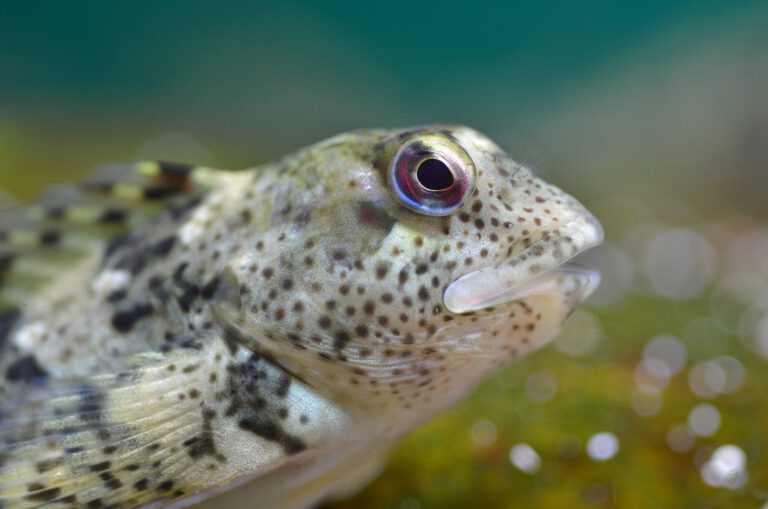Razor Clam (Ensis ensis)

Razor Clam (Ensis ensis) – Scheermesje
- Taxonomy: The Razor Clam, Ensis ensis, belongs to the Pharidae family and is known for its long, thin shell that resembles an old-fashioned razor.
- Species: There are several species of razor clams, but Ensis ensis is most common along European coastlines.
- Reproduction: Razor clams release eggs and sperm into the water, where fertilization occurs; larvae then drift as plankton before settling on the seabed.
- Habitat: Found in intertidal zones and shallow coastal areas, especially on sandy and muddy shores.
- Diet: Filter feeders, drawing in water to capture microscopic plankton and organic matter.
- Burrowing Behavior: Known for their rapid burrowing ability, they retreat into the sand at the slightest disturbance.
- Economic Importance: Razor clams are harvested as a seafood delicacy, valued for their sweet, delicate flavor.
- Adaptations: Capable of powerful, quick burrowing, razor clams have a strong foot used to anchor and push themselves downwards.
- Conservation: Overharvesting and habitat disturbance can threaten their populations; sustainable practices are encouraged.
Razor Clams: Coastal Burrowers of European Shores
The razor clam may not be the most famous sea creature, yet it plays an essential role in marine ecosystems. With their distinct shell and lightning-fast burrowing skills, razor clams are unique inhabitants of sandy shorelines.
What is a Razor Clam?
The razor clam, scientifically known as Ensis ensis, gets its name from the long, thin shell that resembles an old-fashioned razor. Found along sandy beaches and intertidal zones, razor clams are easy to spot at low tide when their telltale holes appear in the sand. This mollusk thrives in environments where it can quickly burrow for protection from predators and waves.
A Day in the Life of a Razor Clam
Razor clams spend most of their lives hidden beneath the sand. When threatened, they are known for their remarkable burrowing skills, which allow them to disappear into the sand in seconds. This unique ability is due to their muscular foot, which acts as a powerful anchor and digging tool.
As filter feeders, razor clams draw in seawater to capture microscopic organisms, such as plankton. Their diet keeps local ecosystems balanced by controlling plankton populations, which in turn supports various marine life. The constant filtering action also helps maintain water clarity along shorelines.
Importance in Marine Ecosystems
Though they often go unnoticed, razor clams play a critical role in maintaining coastal ecosystems. By filtering plankton and organic particles from the water, they contribute to a balanced marine environment. Sandy shores that host these clams are often nurseries for small fish, crabs, and other marine species that rely on the ecosystem’s health.
Razor Clams in Culinary Traditions
Razor clams are highly valued in certain coastal cuisines for their tender, sweet meat. Harvesting these clams can be challenging due to their rapid burrowing. However, they are prized for their flavor and are often enjoyed grilled, steamed, or in chowders. Sustainable harvesting practices are essential to preserve these populations for the future.
Conservation: Protecting Razor Clams and Their Habitat
While razor clams are resilient, overharvesting and habitat destruction have put pressure on their populations. Coastal developments and pollution can disrupt their sandy homes, making conservation efforts crucial for their survival. Protecting their habitats ensures these unique creatures continue to thrive along our shores.







